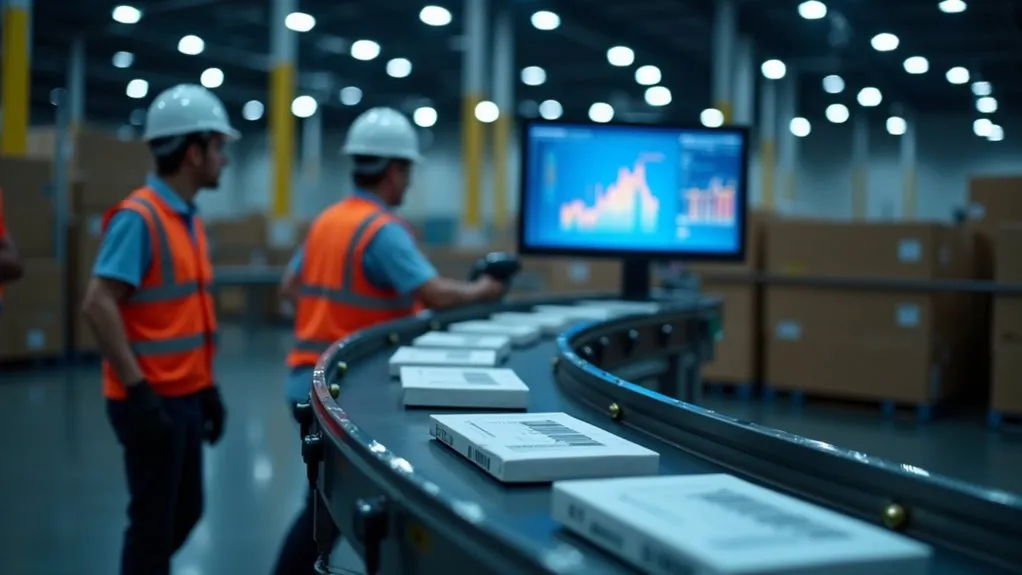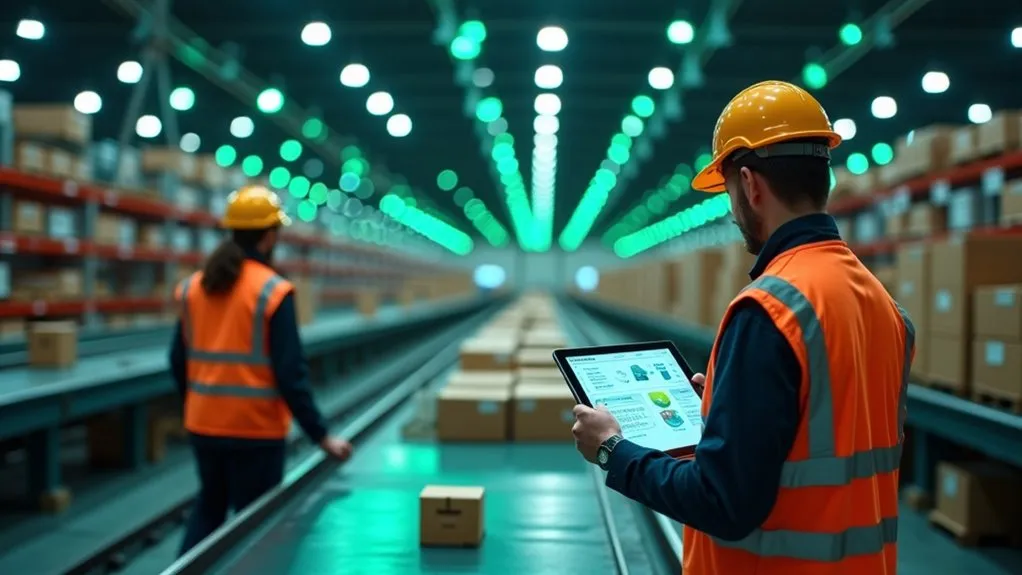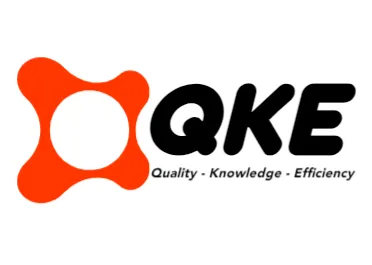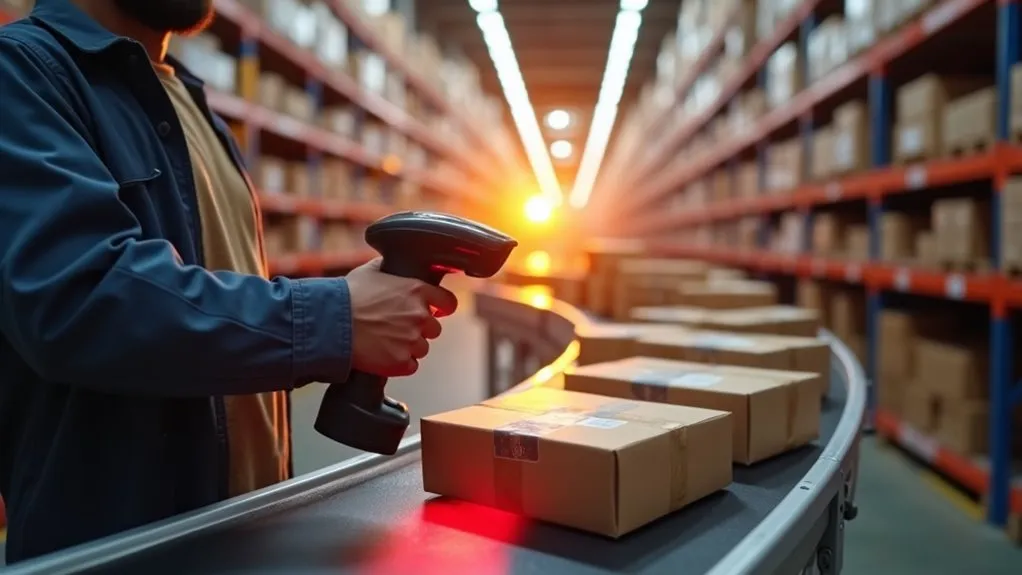Track and trace software is a digital solution that monitors item movement across the supply chain, offering granular visibility. It captures real-time data on locations and status, enhancing transparency and compliance. Functionally, it assigns unique identifiers to items, logs data at key stages like production and transit, and synchronizes updates in a central database. This ensures precise tracking and error detection. Exploring further will uncover deeper insights into its technologies and diverse applications.
Key Takeaways
- Track and trace software monitors item movement in supply chains for detailed visibility.
- It captures real-time data on locations to enhance transparency.
- Unique identifiers track item history and origin across stages.
- Data syncs to a central database for real-time updates.
- Technologies like RFID and GPS enable accurate tracking and monitoring.
Defining Track and Trace Software

Track and Trace Software represents a specialized, software-based solution engineered to monitor and manage the movement and location of items throughout the supply chain. It provides granular visibility by following the lifecycle of individual products or components, capturing real-time or near real-time data on their current and past locations. This technology enhances transparency, mitigates risks like theft or counterfeiting, and ensures regulatory compliance across industries. By offering detailed insights, it empowers businesses to optimize supply chain efficiency.
In the Historical Context, track and trace systems evolved from manual record-keeping to sophisticated digital tools, driven by the need for precision in logistics and manufacturing. Misconception Debunking is critical, as many assume track and trace is synonymous with general inventory management. In reality, it distinctively focuses on individual item movement and history, not merely stock levels. By leveraging unique identifiers like barcodes or RFID tags, it enables organizations to analyze and visualize data, ensuring accuracy and efficiency in supply chain oversight.
Operational Mechanics of Track and Trace Systems
How do track and trace systems achieve such precise oversight of items across complex supply chains? These systems operate through a structured process of identification, data capture, and management. Each item receives a unique identifier during manufacturing, acting as a digital passport linked to origin and batch details. Data is captured at critical supply chain stages—production, warehousing, and transit—recording location, timestamp, and status. This ensures Data Synchronization across a central database, maintaining information integrity and enabling real-time status updates for stakeholders.
The operational framework includes robust mechanisms such as:
- Unique ID linkage: Connects product data with event logs for traceability.
- Centralized storage: Organizes data for accessibility and historical tracing.
- Error Detection protocols: Identifies discrepancies or deviations, triggering alerts for corrective action.
Through meticulous Data Synchronization and Error Detection, these systems provide a detailed, accurate log of an item’s journey, supporting audits and operational efficiency.
Key Technologies Powering Track and Trace
The backbone of track and trace systems lies in a suite of sophisticated technologies that enable precise identification, monitoring, and data management across supply chains. Core components include barcodes and QR codes for cost-effective data capture, alongside RFID for non-line-of-sight tag reading in high-throughput scenarios. GPS and geofencing provide real-time location tracking, enhancing shipment visibility, while IoT sensors monitor conditions like temperature or humidity via advanced connectivity networks.
Further, serialization assigns unique identifiers to items, forming the basis for traceability, while blockchain ensures secure, transparent data recording. AI and ML analyze extensive datasets for predictive insights and anomaly detection. Adherence to Tech Standards ensures interoperability across platforms, while robust Data Privacy measures safeguard sensitive information against breaches. Together, these technologies create a cohesive framework for accurate, real-time tracking, supporting integrity and security in complex supply chain environments through precise data handling and integration.
Benefits of Implementing Track and Trace Solutions
Implementing track and trace solutions delivers substantial advantages to organizations managing complex supply chains. These systems enhance visibility through real-time monitoring and end-to-end tracking, enabling swift identification of bottlenecks and data-driven optimization. They drive operational efficiency by automating logistics workflows, optimizing routes, and minimizing disruptions, which directly contributes to Cost Savings through reduced losses, lower inventory costs, and efficient resource utilization.
Track and trace solutions revolutionize supply chain management with real-time visibility, streamlined operations, and significant cost savings through optimized resources and reduced losses.
Moreover, track and trace solutions bolster Risk Mitigation by ensuring compliance with regulatory standards and providing detailed records for audits. They enable rapid response to potential issues like theft or safety concerns, safeguarding organizational integrity. Key benefits include:
- Enhanced transparency for stakeholders, fostering trust and accountability.
- Proactive issue resolution, reducing downtime and associated expenses.
- Improved customer satisfaction via accurate delivery updates and quality assurance.
Ultimately, these solutions empower organizations to streamline operations, reduce expenses, and mitigate risks with precision and reliability.
Applications Across Various Industries

Numerous industries leverage track and trace software to address specific operational challenges and regulatory demands with precision. In pharmaceuticals, it ensures compliance with stringent laws by serializing drug packages and enhancing supply chain visibility to combat counterfeits. The food and beverage sector employs it for farm-to-table traceability, meeting safety standards and managing recalls efficiently. Logistics benefits from end-to-end visibility, optimizing processes and asset tracking across transport modes.
In manufacturing, the software tracks components and monitors production, aiding quality control and compliance fulfillment. Retail and e-commerce utilize it for order tracking and inventory management, reducing loss and verifying authenticity. Across these sectors, track and trace systems tackle Regulatory Challenges by ensuring adherence to industry-specific mandates. Moreover, they open Innovation Prospects through advanced data analytics and real-time insights, driving operational efficiency and fostering continuous improvement in complex, interconnected supply chains.

 Tiếng Việt
Tiếng Việt 日本語
日本語 中文 (中国)
中文 (中国) 한국어
한국어
